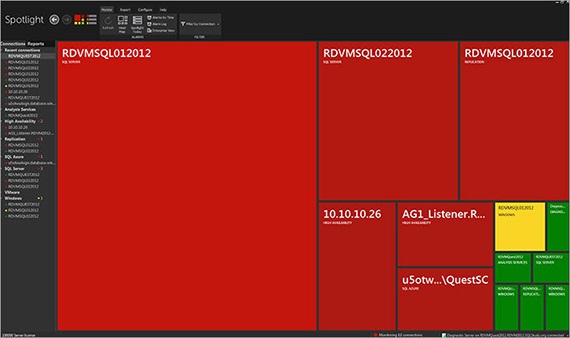

This illustration shows the communication path when a SQL Server application runs on the same computer as an instance of SQL Server. Replies from SQL Server 2000 to the client follow the reverse sequence. The server Net-Library passes the requests coming from the client to the instance of SQL Server 2000.If it is a network IPC, the network protocol stack on the client uses the network to communicate with the network protocol stack on the server.
#WINDOWS 7 CONFIGURE SQL SERVER CLIENT PROTOCOLS SCRIPTS WINDOWS#
If it is a local IPC, calls are transmitted using a Windows operating IPC such as shared memory or local named pipes. The client calls to the IPC API are transmitted to a server Net-Library by the underlying IPC.The OLE DB provider, ODBC driver, or DB-Library DLL calls a client Net-Library.This causes the OLE DB provider, ODBC driver, or DB-Library DLL to be used for SQL Server communications. The client application calls the OLE DB, ODBC, DB-Library, or Embedded SQL API.The following components manage communications between SQL Server 2000 and its clients in this sequence: Server Net-Libraries perform the same function for the database engine. Microsoft® SQL Server™ 2000 uses components called client Net-Libraries to shield the OLE DB Provider for SQL Server 2000, the SQL Server 2000 ODBC driver, and the DB-Library DLL, from the details of communicating with different Interprocess Communication (IPC) components.


 0 kommentar(er)
0 kommentar(er)
